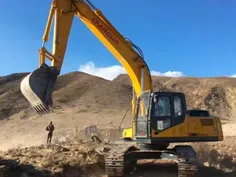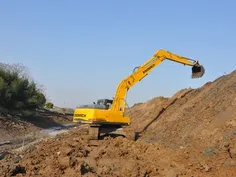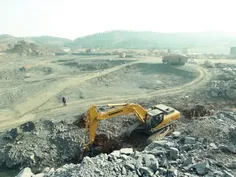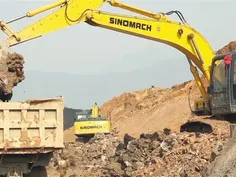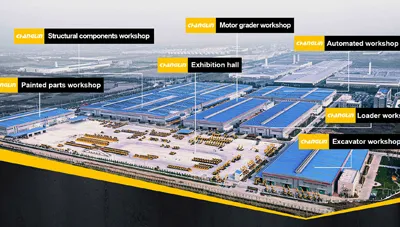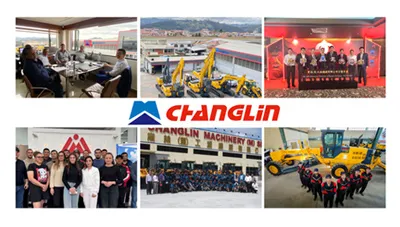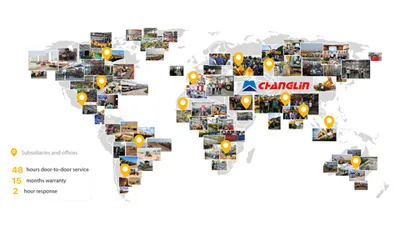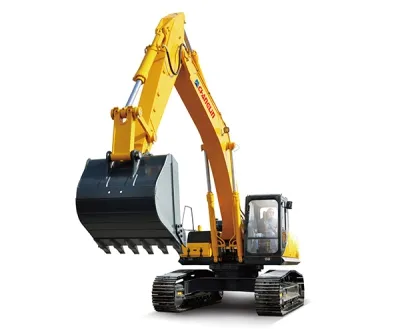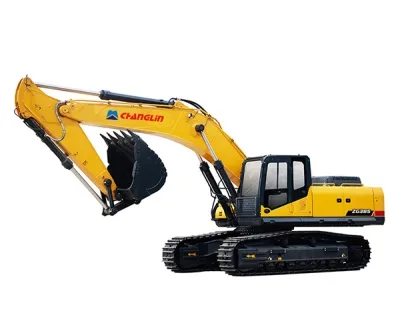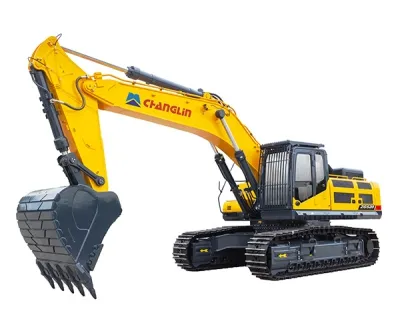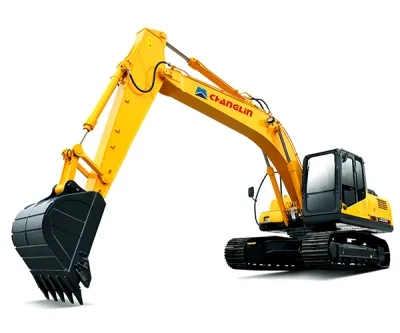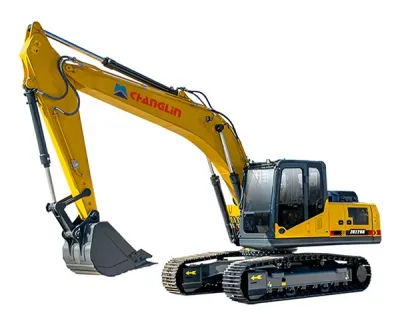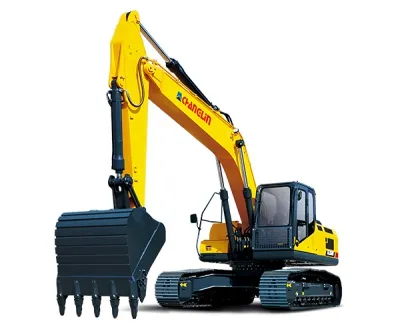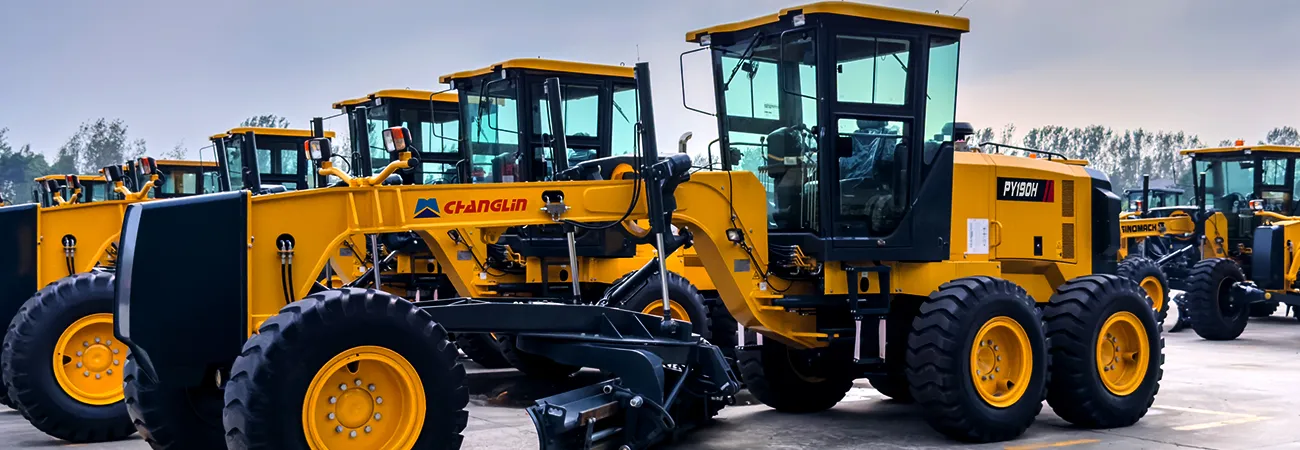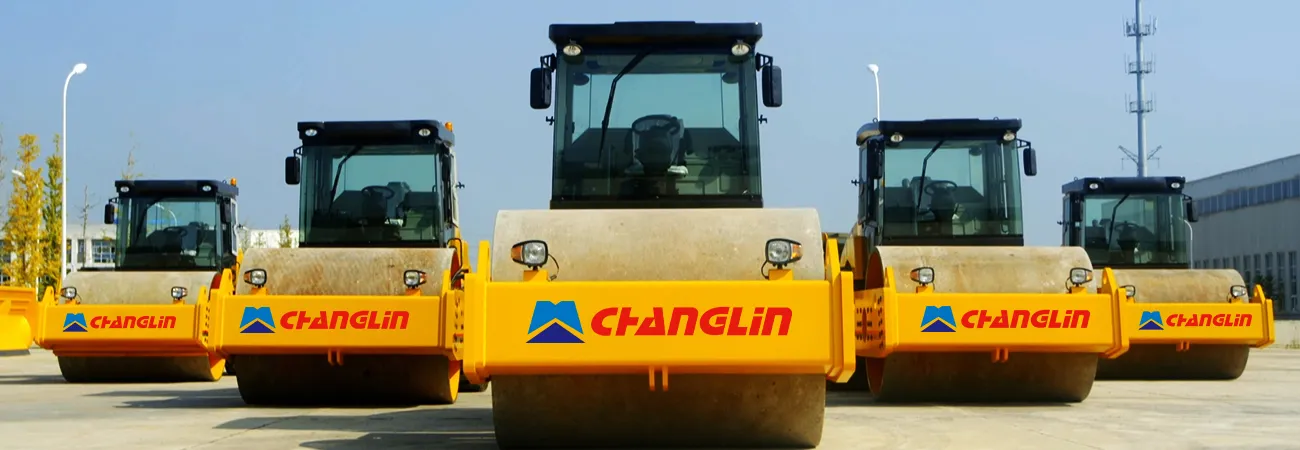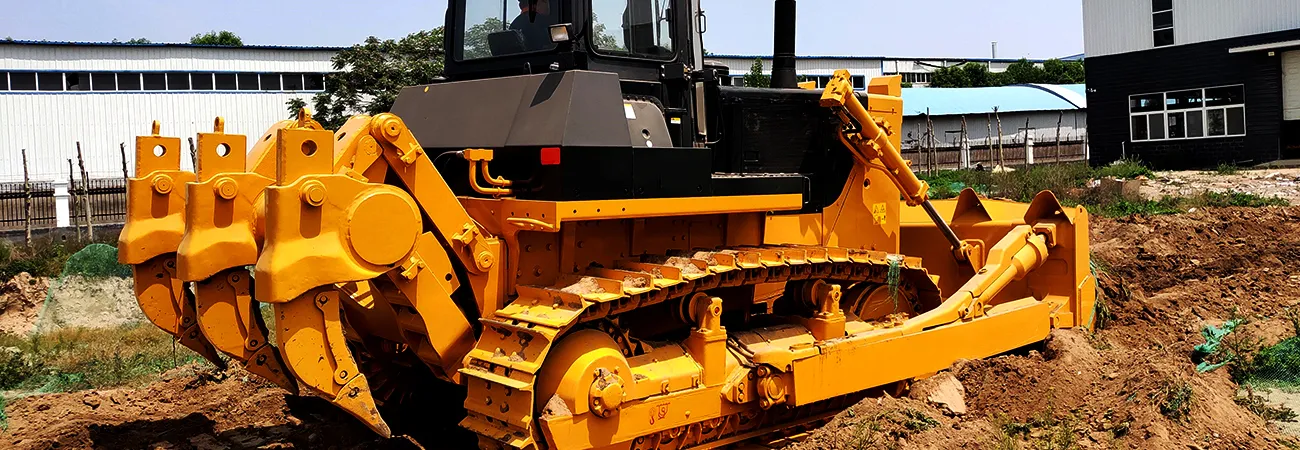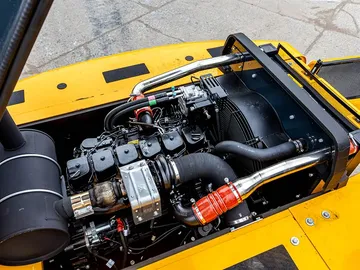
Featuring a 133 kW Cummins engine that meets Euro II emission standards, the crawler excavator combines strong performance with low failure risk thanks to its modular build and reduced component count.

Built for extreme work conditions, the boom and arm are made of high-strength steel with a large box-type section and internally welded anti-torsion plates, ideal for operations in mining and quarries.
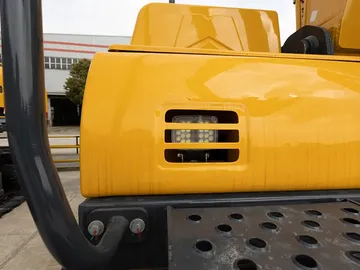
High-density copper-based bushings with self-lubricating properties are used in critical joints, reducing friction and improving durability over long-term use.

With a flexible design and multiple attachment options, including buckets and hydraulic breakers, this crawler excavator adapts seamlessly to municipal, road, pipeline, and industrial construction tasks.
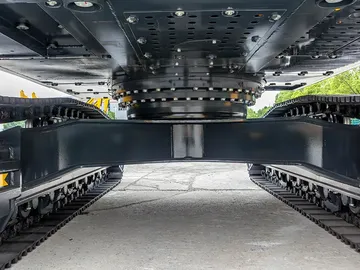
Stability is reinforced through box-type side beams and an X-shaped central frame, while heavy-duty rollers and track guards help withstand high-impact loads in rugged environments.

LC-type heavy-duty tracks enhance wear resistance and operational safety, ensuring reliable performance across challenging terrain.
Dimensions
- Operating weight 25000kg
- Rated bucket capacity 1.2m³
- Overall length 9840mm
- Overall width (standard track shoe) 3180mm
- Overall height 3180mm
- Turntable width 2700mm
- Cabin height 2996mm
- Ground clearance of counterweight 1062mm
- Engine cover height 2375mm
- Min. ground clearance 480mm
- Tail length 2870mm
- Turning radius of turnable 2940mm
- Wheel base of track shoe 3650mm
- Undercarriage length 4640mm
- Undercarriage width 3180mm
- Track shoe gauge 2580mm
- Standard track shoe width 600mm
Performance
- Max. traction 204 kN
- Travelling speed (H/L) 5.8/3.2km/hr
- Swing speed 10.5rpm
- Gradeability 35 (70%)
- Ground pressure 0.45kgf/cm²
Working Range
- Max. digging radius 10258mm
- Max. digging radius at ground level 10258mm
- Max. digging depth 6995mm
- Max. digging depth at ground level 6813mm
- Max. vertical digging depth 6090mm
- Max. digging height 9612mm
- Max. dumping height 6690mm
- Min. front swing radius 3740mm
- Bucket digging force 162kN
- Stick digging force 123kN
Engine
- Model Cummins
- Type 6-cylinder in-line, four-stroke turbocharger
- Emission Tier Ⅱ
- Displacement 5.883L
- Rated power 133kW (178PS)@2000rpm
- Max. torque 708N.m@1500rpm
SINOMACH has developed a global footprint, with marketing and service systems covering over 100 countries and regions.
Subsidiaries in West Africa, India, and South Africa, a joint venture in Malaysia, with offices in Mexico, Argentina, and the Philippines.
Supplied large-scale turnkey equipment packages including excavators, loaders, bulldozers, rollers, and graders for major infrastructure projects in Africa, mining operations in South America and the CIS, highways in West Africa, and engineering projects across Central Asia.


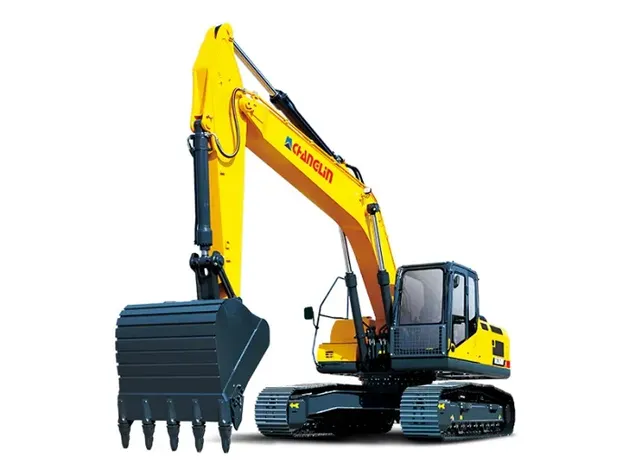
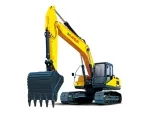
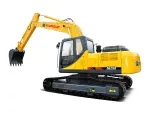


 Operating weight 25000 kg
Operating weight 25000 kg  Rated bucket capacity 1.2 m³
Rated bucket capacity 1.2 m³  Overall length 9840 mm
Overall length 9840 mm